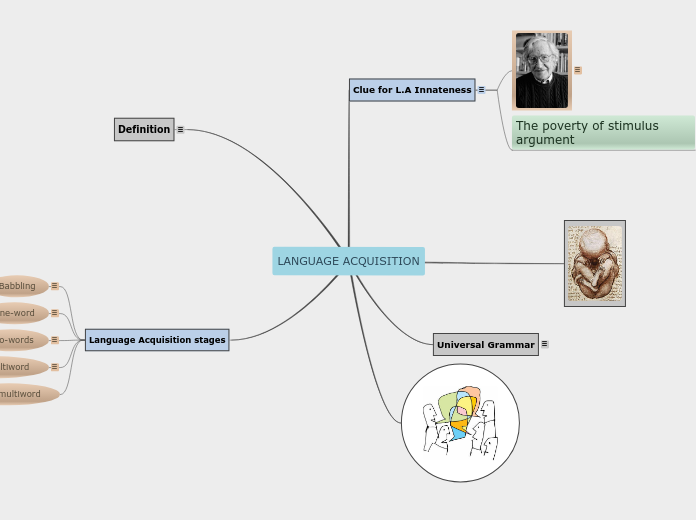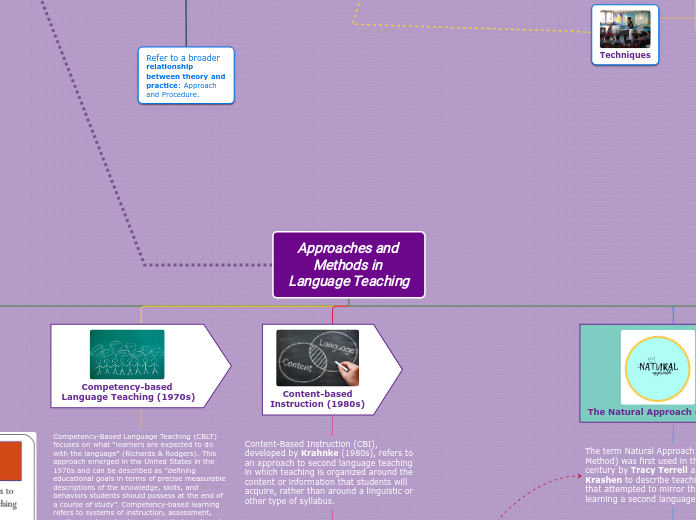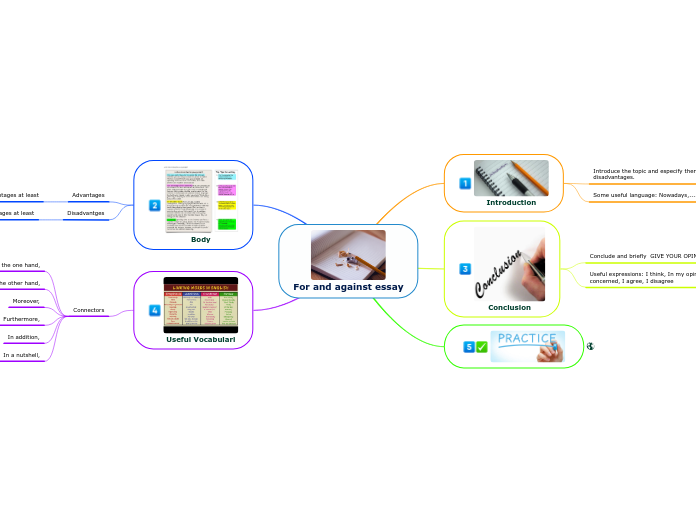Discourse, Discourse Analysis and C.D.A
11.- Critical Discourse Analysis
Foucault’s (1969/1972) concept of discourse and power has been important in the development of C.D.A
Fairclough and Wodak (1997: 271-80):
8. Discourse is a form of social action
7. Discourse analysis is interpretative and explanatory.
6. The link between text and society is mediated.
5. Discourse is historical.
4. Discourse does ideological work.
3. Discourse constitutes society and culture.
2. Power relations are discursive.
1. Critical discourse analysis addresses social problems.
intellectual movement with which Michel Foucault
Across disciplines
Culture and kinship relations (Levi-Strauss)
Anthropology specifically
Psychology (Freud)
Language (Saussure)
Economy (Marx)
Rejection of the structuralist movement
Earlier 20th century
Critical theory
Transforms:
Religion
Power and justice ways
Gender
Transform social systems
Class
Sexual orientation construct
Race
Reproduce
Economy
Education,
Is not a unified set of perspectives
“the words of white men engaged in conversations with themselves” (Yancy, 1998)
Queer theory and so on
Neo-colonial studies
Post-modernism
Post-structuralism
Critical race theory
Is a type of discourse analytical research
Reproduced and resisted by text and talk in the social and political context, van Dijk (2003)
Dominance and inequality are enacted
Abuse
Social power
Societal issues
Effected by and effects the discursive practices
Social institutions and social structures
discourse affect ideologies
Responsible for power relations
Studies from three overlapping intellectual traditions
Analyses of language are inherently critical
Explores the social interaction which is manifested in linguistic forms
"Treat social practices in terms of their implications for things like status, solidarity, distribution of social goods, and power”.
Critical theory of language
Social practice.
Specific historical contexts
What are the consequences of this positioning?
Whose interests are negated?
Whose interests are served by this positioning?
How is the text positioned or what is its positioning?
The model of C.D.A.
lie in classical rhetoric
text linguistics and sociolinguistics
Sociological variables
Gender together
Hierarchy
Ideology
The notions of power
11.1.- Fairclough’s Approach to C.D.A.
Critical discourse analysis
Explanation:
Three questions
3. Effects:
How is this discourse positioned in relation to struggles at the situational, institutional and societal level?
2. Ideologies:
What elements of members’ resources which are drawn upon have an ideological character?
1. Social determinants:
What power relations at situational, institutional and societal levels help shape this discourse?
Portray discourse
Social structures
Social determinations
Societal level
Situational level
Effects
Determinants
Institutional level
Struggles
(Ideally, naturalized)
Reproductive effects
Structures, sustaining them or changing
Part of a social process
Social practice
Showing how
Concerned with the relationship between interaction and social context.
Interpretation:
Situational context
3. Difference and change:
Are answers to questions 1 and 2 different for different participants? And do they change during the course of the interaction?
2. Discourse type(s):
What discourse type(s) are being drawn upon (hence what rules, systems or principles of phonology
1. Context:
What interpretation(s) are participants giving to the situational and intertextual contexts?
Questions which relate to four main dimensions of situation:
4. What is the role of language?
3. In what relations?
2. Who is involved?
1. What is going on?
Text and social structure
Indirect, mediated one.
Members resources
Dialectical interplay
Generate interpretations
Point of view
Formal features
Activate elements
Background of commonsense assumptions
(Part of members resources)
Embedded
Social interaction
Socially operative
Become real
Textual features
Produced and interpreted
Concerned with the relationship between text and interaction.
Description:
Ten main questions
The significance and interest of each of these questions are explained by Fairclough (2001c:94-l 16) in details.
most significant for critical analysis:
A. Vocabulary
B. Grammar
C. Textual structures
(and some sub-questions)
asked of a text
find the set of textual features
Types of speech act and the directness or indirectness of their expression
descriptive framework
Features of vocabulary
Punctuation
Turn-taking
Stage which is concerned with formal properties of the text.
Approach
Fulfill the objectives
Fairclough’s models
Three dimensions
Stages
Three - Dimensional Model
(text, discursive practice, social practice)
Research project
Discourse
Part of society
Somehow external
(non-linguistic)
Conditioned process,
Aims and methods
Relation to power and ideology developed
Disclosing the discursive nature
Language of the mass media
Site where language is apparently transparent
Of struggle
Scrutinized as a site of power
Contemporary social and cultural change
Fairclough (1989)
Critical linguistic work
Variety of textual examples
Analyzed to illustrate the field
11.2.- The Model of the Present Study
Discourse Practice
Social Practice
Social Matrix of Discourse
Orders of Discourse
Ideological and Political Effects of Discourse
Text
Metaphor
The objective is to analyze and characterize the metaphors employed in the discourse sample, comparing them to metaphors used elsewhere to convey similar meanings. The analysis aims to determine the factors, such as cultural or ideological influences, that shape the selection of metaphors
Wording
The objective is to contrast the ways meanings are worded with the
ways they are worded in other (types of) text and to identify the interpretative perspective that underlies this wording (Fairclough 1992b: 190-4).
Grammar
Three dimensions of the grammar of the clause are differentiated here: ‘transitivity’, ‘theme’ and ‘modality’
Ethos
Ethos involves not just discourse, but the whole body. Any of the analytical categories listed here maybe relevant to ethos (Fairclough 1992b: 166-7).
Cohesion
The objective is to show how clauses and sentences are connected together in the text.
Interactional Control
The objective is to describe the larger-scale organizational properties of interactions that contribute to the orderly functioning and control of interactions
• Exploring topic control: Examining how topics are introduced, developed, and established, and whether topic control is symmetrical or asymmetrical.
• Investigating agenda setting: Understanding how agendas are set, policed, and evaluated by participants.
Each of the three dimensions of discourse practice is represented below.
Presupposition
• Are they linked to the prior texts of others, or the prior texts of the text producer?
• Are they sincere or manipulative?
Discourse Representation
• What is represented aspects of context and style, or just ideational meaning?
• Is the represented discourse clearly demarcated? Is it translated into the voice of the representing discourse?
• How is it contextualized in the representing discourse?
Manifest Intertextuality
situated between discourse practice and text, raises questions about the elements involved in producing a text. It focuses on the features that are evident or "manifest" on the surface of the text.
Conditions of Discourse Practice:
• The aim is to specify the social practices of text production and consumption related to the type of discourse represented by the sample.
• The analysis explores whether the text is produced or consumed individually or collectively, and if there are distinguishable stages of production
Coherence
The analysis considers the heterogeneity and ambivalence of the text for specific interpreters and the inferential work required.
Intertextual Chains
The objective here is to specify the distribution of a
(type of) discourse sample by describing the intertextual chains it enters into, that is the series of text types it is transformed into or out of (see Fairclough 1992b: 130-2).
Interdiscursivity
• Identify discourse types and justify interpretations through text analysis.
• Characterize the sample overall in terms of genre and its implications for production, distribution, and consumption.
• Determine if the sample draws upon multiple genres.
TEXTUAL ANALYSIS
Evaluation
• Influence of Fairclough's model: Mentioning that this research follows the models of Fairclough (1989) more closely for analyzing the corpus data from women's magazines, but acknowledging that C.D.A. is not restricted to any one particular model and encompasses various interrelated aspects
• Values commitment
• Justification of analyses
Modality
• Categorical and modalized modalities
• Deontic modalities
• Epistemic modalities
Styles
• Features characterizing the drawn styles
• Mixing of styles
• Styles drawn upon
Representation of Social Events
• Representation of social events
• Grammatical metaphor
• Representation of processes
Discourses
•features characterizing the drawn discourses
• Mixing of discourses
• Discourses drawn upon
Exchanges, Speech Functions and Grammatical Mood
•Metaphorical relations
• Types of statements
• Predominant types of exchange and speech function
Semantic/ Grammatical Relations between Sentences and Clause
• Grammatical relations between clauses
• Higher-level semantic relations
• Predominant semantic relations
Assumptions
• Ideological assumption
• Existential, prepositional, and value assumptions
Intertextuality
• Direct and indirect reporting
• Attribution of voices
• Inclusion and exclusion of other texts/voices
Genre
• Genre influences
• Mix of genres
• Genre chain
Social Events
• Examining text chains or networks
• Framing within social practices
• Identifying the social even
10.- Approaches to Discourse Analysis
Conversation Analysis
Analyzes social order and seeks to discover the methods by which members of a society produce a sense of social order (conversation).
by sociologist
Harold Garfinkel.
Ethnomethodology: the link between what social actors ‘do’ in interaction and what they ‘know’ about interaction.
He developed the approach
ethnomethodology
Variation Analysis
For labov
they are alternative ways of saying the same thing.
Related with
Contextual factors
Cultural factors
Social factors
They are discovered through the systematic investigation of a speech community.
Sociolinguistic variables that influence language in different contexts.
Ethnography of Communication
For hymes
Analyzes patterns of communication as part of cultural knowledge and behavior
It consists of four elements
observing actual language use
psycholinguistic limitations
social appropriateness
linguistic competence
Speech based on anthropology and linguistics.
Interactional Sociolinguistics
Schiffrin
states that is
The discourse as a social interaction and negotiation of meaning in the use of language
It studies the relationship between language and society, in the context of verbal interaction.
Gives an approach to discourse that focuses upon situated meaning
Pragmatics
Morris
Identifies three ways of studying signs
Study of the relation signs to interpreter
Semantics
Study of how signs are related to the object to which they are applicable
Syntax
Study of formal relations of signs to one another
Defines it as
The science of the relation of signs to their interpreters
It deals with three concepts
Communication
Context
Meaning
Studies words and the meaning of sentences
Detailed study of meaning in the language
Speech Act Theory
It is concerned
What people do with language and functions of language.
Some authors mention that is:
Labov y Fanshel
Accurately identify the intended meaning of the speaker's utterance and respond to it accordingly.
John Austin y John Searle
Meaning and action are related to language.
Taxonomy of speech acts according to Searle
declarations ( appointing)
Expressives (thanking)
Commissives ( promising)
Directives (requesting)
Representative (asserting)
9.- A Historical Overview
American discourse analysis,
ethnomethodological tradition
Examines types of speech acts
verbal duels
greeting rituals
storytelling
Structural-linguistic criteria
Text grammarians perceive texts as linguistic elements.
Developed a model
description of teacher-student speech
based
On a hierarchy of discourse units.
British discourse analysis influenced by M.A.K.'s functional approach to language.
important in
Brimingham University
Coulthard (1975)
Britain Sinclair
Dealt with the analysis of single sentences.
Speech act theory and the formulation of conversational maxims.
Analysts study language in use.
in use
Written texts of all kinds and spoken data.
8.- Discourse Analysis
Political construction: constructing the nature and relevance of various "social goods''
Connection building: assumptions about how the past and future of an interaction are connected to the present.
Construction of activity: situated meanings about which activity.
Construction of socioculturally situated identities and relations: situated meanings about which identities and relations are relevant to interaction.
Semiotic construction: meanings about semiotic systems
Word construction: situated meanings about reality.
Focus on language
Receivers work on the linguistic messages to interpret them.
The senders construct linguistic messages for the receivers.
Describe activities in the interaction of disciplines
such as
philosophical linguistics
computational linguistics
sociolinguistics
psycholinguistics
7.- Tendencies in discourse change
Synthetic personalization
mass communications media
Brochures
Cover headlines, etc.
Advertisements
Magazine articles
Presents the interests of the dominant bloc as the interests of the population as a whole.
Encompasses aspects of life independent of production.
Increasing tendency to the formation of subjects.
Through strategic and manipulative discourses.
Integration between social institutions in modern capitalist society.
6.- Intertextual context
same or different interpretations
constructing an "ideal reader'' through presupposition.
interpretations
of the intertextual context
to which series a text belongs
common
5.- Resources for production and interpretation
''intertextual context''
The participants of the discourses operate on the basis of assumptions.
Interpretation through the dialectical interaction of the keys and the MRs.
MRs serve as interpretative procedures
It grants specific social identities and power relations.
textual and contextual characteristics
4.- Discourse as Social Practice (Fairclough)
active agent as passively conformed,
two considerations
social relationships
social identities of the interactants
facilitating and limiting
manifests
the close examination of interpersonal meaning and in its emphasis on the subject position of language users.
"happy ambiguity" = discourse
It refers to a real representation as well as a social convention.
3.- Discourse formations
Sub- related to the "discursive practice".
constitution of meaning and of the subject.
''discourse formations''
(what can and should be said)
2.- Foucauldian discourse
Fairclough
constructed through dispersion and discontinuity.
approach is anti-humanist
is based on objects, style, concepts and themes
constituted in the organization and distribution of knowledge
employs the term discourse in a Foucauldian sense
investigated the exercise of social power through discourses.
A.D.C.
Roots in Foucault and other schools of thought
1.- Discourse in linguistics
studies speech patterns and the use of the language
Production and interpretation
Cognitive processes related to social practices.
''text"
Speech, spoken or written, is manifested
Material accessible to others.
"discourse"
Produced and interpreted by specific people
Institutional and social contexts.
Structured collections of meaningful texts.









